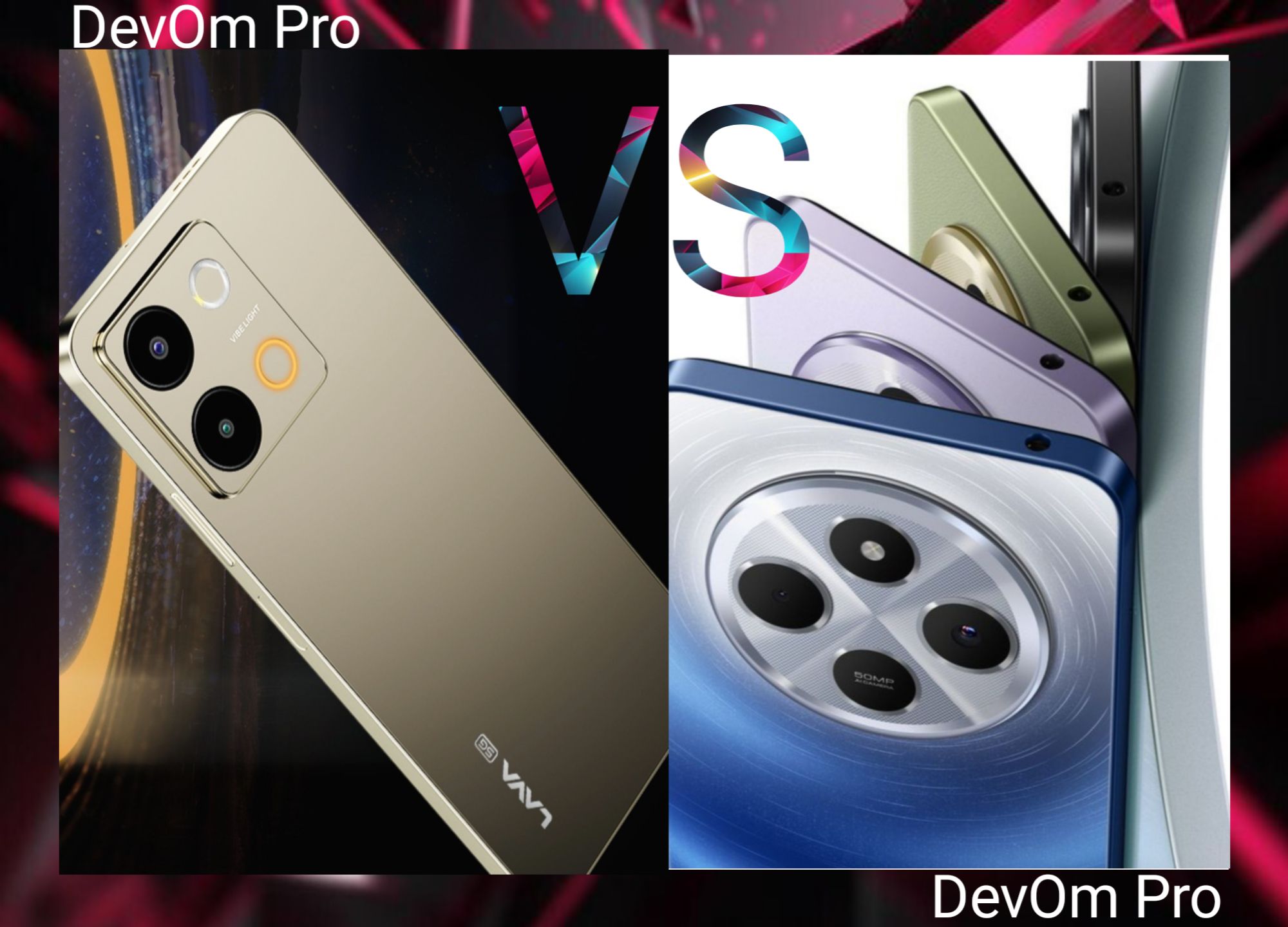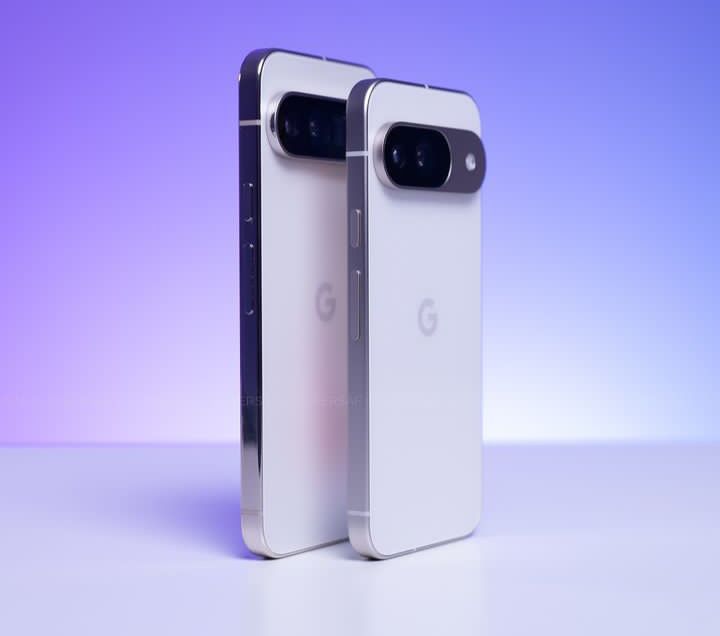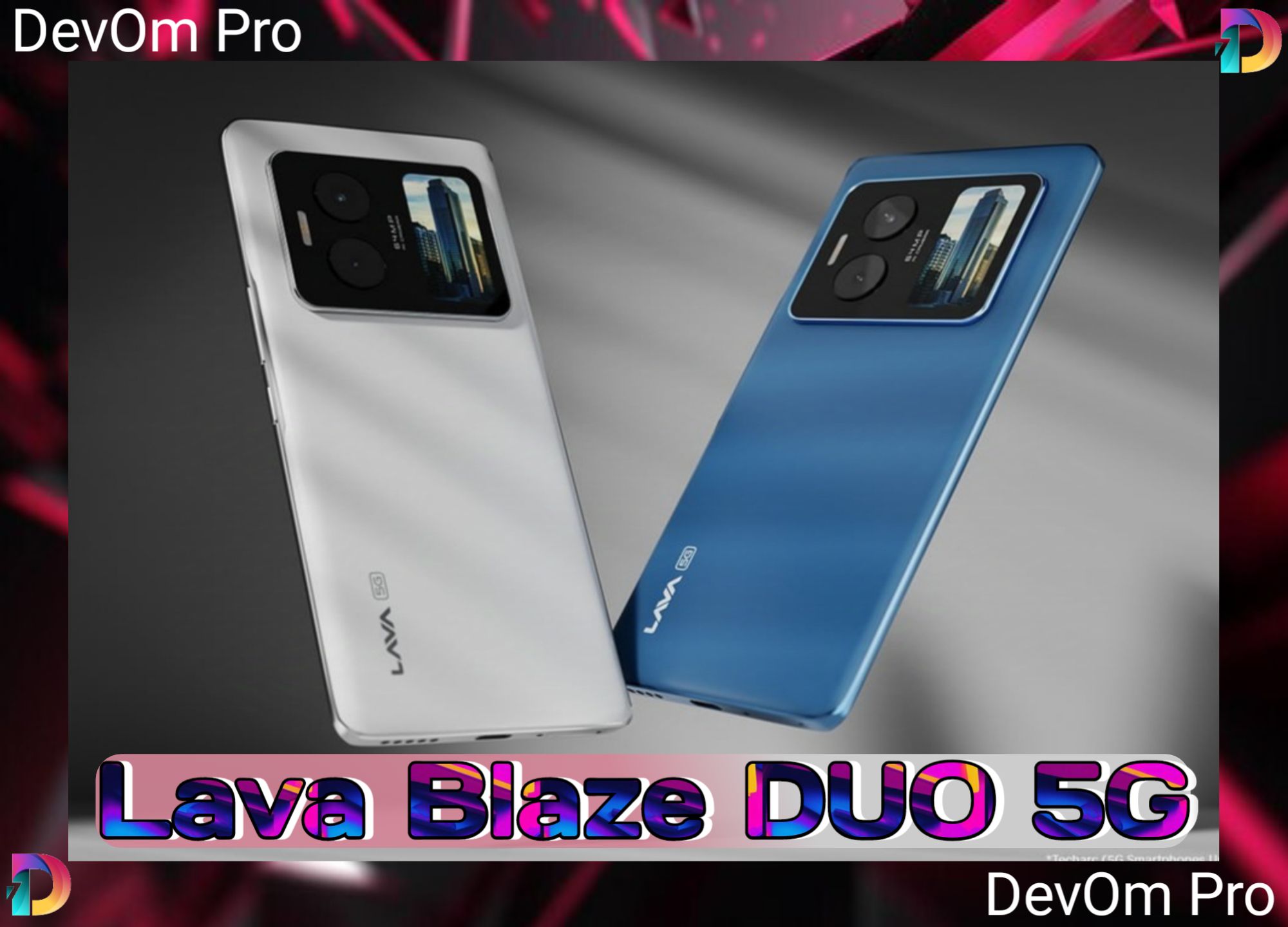Smartphone innovation has reached new heights, and budget-friendly devices are becoming more sophisticated and feature-packed than ever before. In 2024, two highly competitive models in the mid-range segment, the Redmi 14C and Lava Blaze 3 5G, have caught the attention of consumers. Both phones offer impressive specifications, solid performance, and exceptional value for money. However, the choice between the two can be challenging.
In this detailed comparison, we will explore various aspects of both smartphones, including design, performance, camera quality, battery life, and additional features. By the end, you’ll have a clearer understanding of which device best suits your needs.
Design and Build Quality
Redmi 14C:
- The Redmi 14C sports a clean and minimalist design with a modern look that caters to the style-conscious user. The phone is available in several color options, including blue, black, and white, which appeal to a wide audience.
- It features a plastic body with a matte finish, providing a solid grip and reducing fingerprint smudges. The back panel has a subtle texture that adds to its premium feel despite being a budget device.
- The weight of 195 grams makes it comfortable to hold, even for extended use.
- The device includes a 6.52-inch HD+ display with a waterdrop notch, offering an 80% screen-to-body ratio. Though the bezels are slightly thick, the overall visual experience remains immersive for its price range.
Lava Blaze 3 5G:
- The Lava Blaze 3 5G is similarly sleek but offers a more vibrant color palette, with options such as green, blue, and red. Its glossy finish gives it a premium appearance, but it is more prone to fingerprint marks.
- The phone also features a plastic back with a metallic sheen, adding an element of luxury to its design. It feels sturdy, and at 200 grams, it has a slightly heavier build than the Redmi 14C but remains comfortable to use.
- The 6.5-inch Full HD+ display provides a sharper resolution compared to Redmi’s HD+ screen. Lava Blaze 3 5G boasts an impressive 90Hz refresh rate, making scrolling and transitions smoother, ideal for gaming and media consumption.
Verdict: While both phones offer impressive designs for their price, Lava Blaze 3 5G stands out with its 90Hz Full HD+ display, making it a better choice for those who prioritize visual quality and smoother performance.
| Feature | Redmi 14C | Lava Blaze 3 5G |
|---|---|---|
| Body Material | Plastic (Matte Finish) | Plastic (Glossy Finish) |
| Display Size | 6.52-inch HD+ | 6.5-inch Full HD+ |
| Refresh Rate | 60Hz | 90Hz |
| Weight | 195g | 200g |
| Color Options | Blue, Black, White | Green, Blue, Red |
| Screen-to-Body Ratio | 80% | 85% |
Performance: Processor and RAM
Redmi 14C:
- Under the hood, the Redmi 14C is powered by the MediaTek Helio G35 chipset, which is optimized for everyday tasks and light gaming. Though it isn’t the most powerful chipset in the market, it handles multitasking well, especially when paired with 4GB or 6GB of RAM, depending on the variant.
- The phone offers 64GB or 128GB of internal storage, which is expandable up to 512GB via a microSD card, ensuring users have ample space for apps, media, and files.
- The Helio G35 chipset ensures smooth operation of most social media apps, basic photo editing, and casual gaming. However, intensive gaming or multitasking with multiple heavy apps may cause occasional lags.
Lava Blaze 3 5G:
- The Lava Blaze 3 5G packs the Dimensity 700 chipset, a notable step up from the Helio G35 in terms of performance. With 5G capabilities, the phone is future-ready for faster internet speeds and better overall network performance.
- Available in 6GB or 8GB RAM variants, the Blaze 3 5G ensures seamless multitasking, app switching, and even handles more demanding games like PUBG and Call of Duty with decent frame rates.
- Storage options include 128GB or 256GB, which can also be expanded via microSD card.
- The Dimensity 700 chipset is particularly suited for users who expect faster processing and want to future-proof their device with 5G connectivity.
Verdict: In terms of raw performance, Lava Blaze 3 5G outperforms the Redmi 14C, thanks to its Dimensity 700 processor and 5G capabilities. For users seeking smoother performance and future-proofing, Lava Blaze 3 5G is the better choice.
| Feature | Redmi 14C | Lava Blaze 3 5G |
|---|---|---|
| Processor | MediaTek Helio G35 | Dimensity 700 |
| RAM | 4GB/6GB | 6GB/8GB |
| Storage Options | 64GB/128GB | 128GB/256GB |
| Expandable Storage | Up to 512GB | Up to 512GB |
| 5G Support | No | Yes |
Camera Quality
Redmi 14C:
- The Redmi 14C comes with a dual-camera setup, featuring a 13MP main camera and a 2MP depth sensor. While the camera performance is adequate for casual photography, it struggles in low-light conditions, often producing grainy images.
- The 8MP front camera offers decent selfies, with AI beautification features that enhance facial details. However, the results can appear over-processed at times.
- Video recording is capped at 1080p at 30fps, making it suitable for recording short videos or social media content, but don’t expect flagship-level quality here.
Lava Blaze 3 5G:
- Lava Blaze 3 5G steps up the camera game with a 48MP primary camera, which captures significantly more detail than Redmi’s 13MP shooter. The secondary sensors include a 5MP ultra-wide lens and a 2MP macro sensor, making it a versatile setup for various photography styles.
- The 16MP front camera delivers sharper selfies with better color accuracy and more natural results. It also includes AI enhancements but in a subtler way compared to Redmi’s beautification mode.
- Blaze 3 5G supports 1080p video recording but with enhanced software stabilization, leading to smoother footage.
Verdict: For photography enthusiasts, Lava Blaze 3 5G is the clear winner with its 48MP triple-camera setup, offering more versatility and higher-quality images.
| Feature | Redmi 14C | Lava Blaze 3 5G |
|---|---|---|
| Rear Camera Setup | 13MP + 2MP | 48MP + 5MP + 2MP |
| Front Camera | 8MP | 16MP |
| Video Recording | 1080p @ 30fps | 1080p @ 30fps (stabilized) |
| Camera Features | AI Beautification, HDR | AI, Ultra-Wide, Macro |
Battery Life and Charging
Redmi 14C:
- The Redmi 14C is equipped with a 5000mAh battery, which easily lasts a full day of moderate usage. With efficient power management from the Helio G35 chipset, users can expect excellent battery life for casual use, media consumption, and light gaming.
- Charging is supported via a 10W charger, which feels quite slow compared to today’s fast-charging standards. It takes over two hours to fully charge the device.
Lava Blaze 3 5G:
- The Lava Blaze 3 5G also features a 5000mAh battery, but with the more power-efficient Dimensity 700 processor, it delivers slightly better battery life, especially when connected to 5G networks.
- Blaze 3 5G supports 18W fast charging, allowing users to charge the device more quickly, reaching 50% in just under 45 minutes.
Verdict: Although both phones have the same battery capacity, Lava Blaze 3 5G offers faster charging and slightly better battery optimization, making it the preferred choice for users who are always on the go.
| Feature | Redmi 14C | Lava Blaze 3 5G |
|---|---|---|
| Battery Capacity | 5000mAh | 5000mAh |
| Charging Speed | 10W | 18W |
| Battery Life (Average) | 1 day (moderate use) | 1.2 days (moderate use) |
Software and User Experience
Redmi 14C:
- Redmi 14C runs on MIUI 13 based on Android 12, offering a highly customizable experience with numerous themes, wallpapers, and widgets. However, MIUI is also known for pre-installed apps and occasional ads, which may affect the user experience.
- MIUI is feature-rich, but its resource-intensive nature sometimes leads to slower performance on lower-end devices like the Redmi 14C.
Lava Blaze 3 5G:
- Lava Blaze 3 5G operates on near-stock Android 13, offering a cleaner and more streamlined user experience. It has minimal bloatware and no ads, which results in smoother performance.
- The near-stock interface is ideal for users who prefer simplicity and ease of use without unnecessary distractions.
Verdict: Lava Blaze 3 5G provides a more refined and ad-free software experience, making it a better choice for users who value a clean, minimalist UI.
| Feature | Redmi 14C | Lava Blaze 3 5G |
|---|---|---|
| Operating System | MIUI 13 (Android 12) | Stock Android 13 |
| Bloatware | Yes | No |
| Ads | Yes | No |
Additional Features
Redmi 14C:
- Face Unlock and a rear-mounted fingerprint sensor offer secure and convenient unlocking options.
- The phone includes dual-SIM support, but there’s no dedicated microSD card slot, meaning users have to sacrifice one SIM slot for storage expansion.
Lava Blaze 3 5G:
- Blaze 3 5G also features Face Unlock and a side-mounted fingerprint sensor, which is more intuitive for one-handed use.
- Dual-SIM support and a dedicated microSD card slot allow users to use two SIMs and expand storage simultaneously.
Verdict: While both phones provide essential security features, Lava Blaze 3 5G edges out Redmi 14C with its more convenient side-mounted fingerprint sensor and dedicated microSD card slot.
| Feature | Redmi 14C | Lava Blaze 3 5G |
|---|---|---|
| Fingerprint Sensor | Rear-mounted | Side-mounted |
| Face Unlock | Yes | Yes |
| Dual SIM | Yes | Yes |
| MicroSD Slot | Shared SIM slot | Dedicated slot |
Conclusion: Which One Should You Choose?
Both the Redmi 14C and Lava Blaze 3 5G offer tremendous value for their respective price points. However, if you’re looking for a more future-proof device with 5G support, better camera performance, and faster charging, the Lava Blaze 3 5G is the clear winner. Its 90Hz display, Dimensity 700 chipset, and 48MP camera provide a superior user experience for those willing to spend a little extra.
On the other hand, the Redmi 14C is an excellent choice for users who want a reliable, budget-friendly phone for everyday use. It delivers solid performance for basic tasks and casual gaming but lacks the future-ready capabilities of the Blaze 3 5G.




